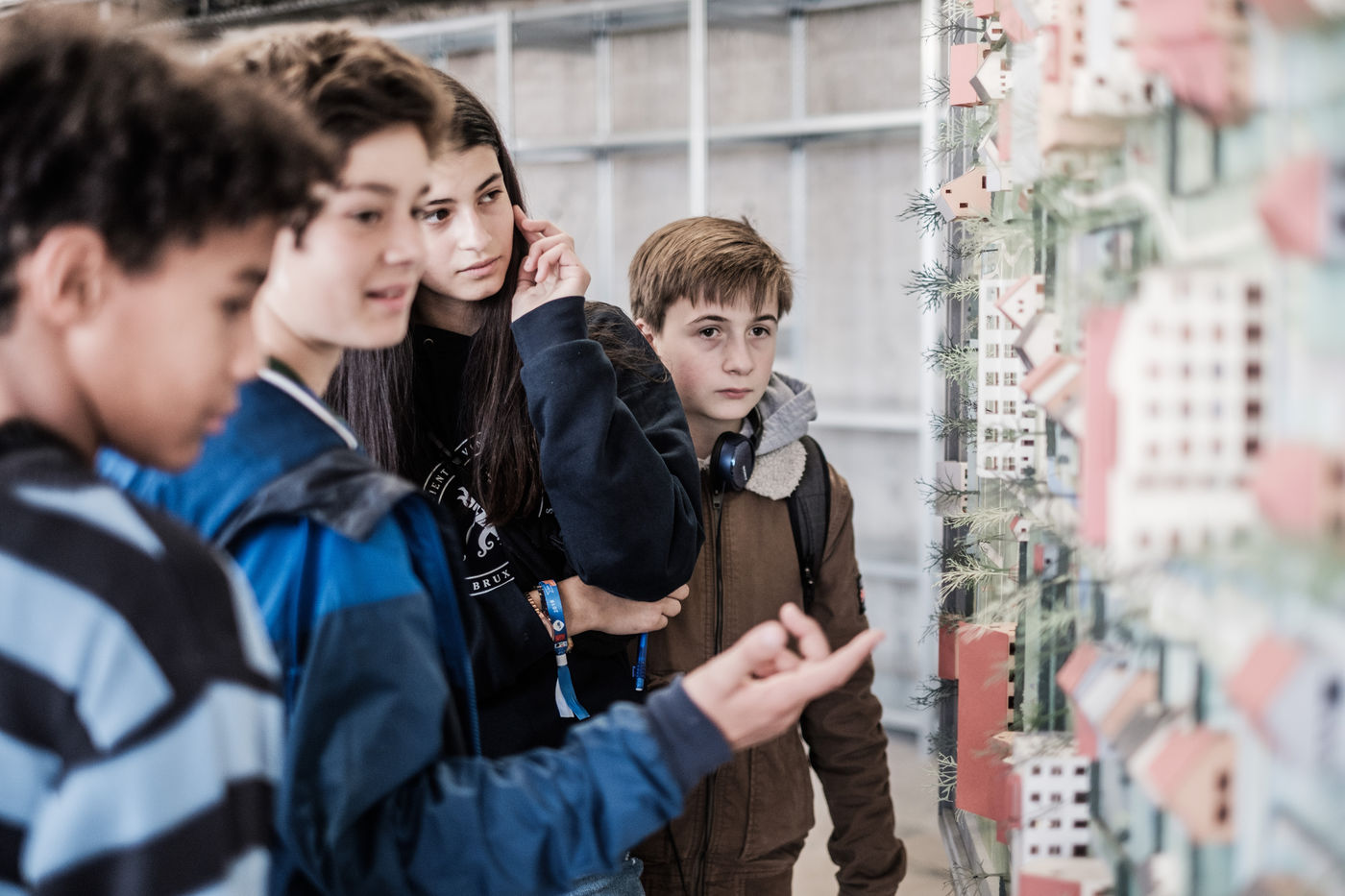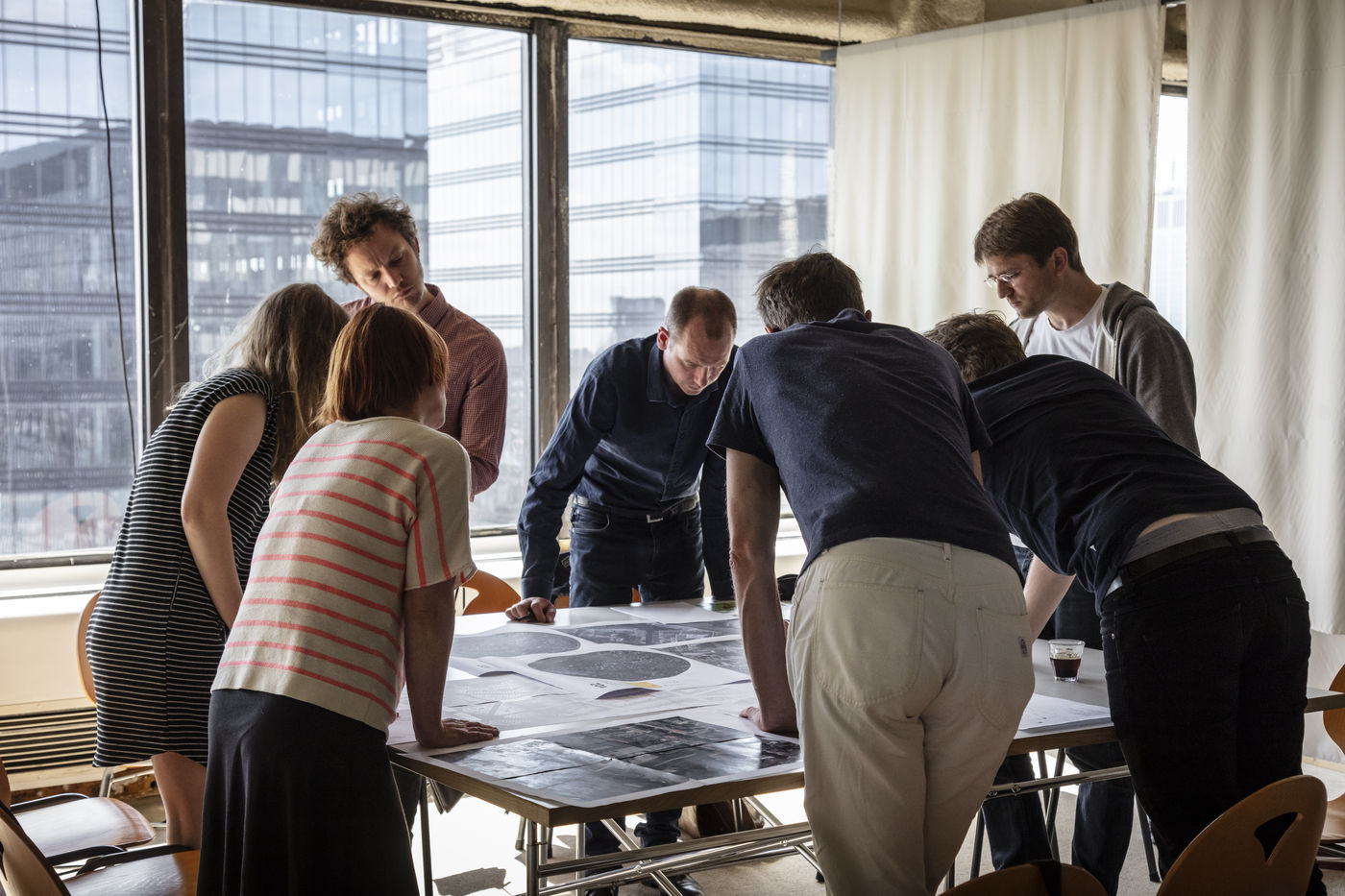

To bundle new programs and coalitions into an ambitious project for the future, we need to learn from each other at lightning speed. The big question that concerns many experts is how we can scale up much faster and yet qualitatively. Under what conditions - or else: at what price - can we accelerate, grow and multiply? How do we prevent best practices from fading into mediocre consultancy services behind a smokescreen of green promises, of which the most difficult aspects are cut off, resulting in system maintenance instead of a system change? We argue that in order to collectively formulate answers to these questions, we will need two types of platforms: both a broad (digital) network and database ànd the places that bring people and ideas together physically.
Michel Bauwens puts commons and peer-to-peer learning forward as the central levers for social change (Lotens, W., 2013). Peer-to-peer assumes a one-to-one exchange between equals. It does not matter whether you are a department head or technical draftsman; in the p2p model, cooperation takes place in a horizontal manner. Therefore ‘mutualising’ or making knowledge collective is necessary. There have been social practices that innovate together and shared use is not new. But scaling up good ideas has always been a huge barrier. This could change rapidly now that large-scale collaboration reaches a new level via the internet. Do everything that is heavy locally and everything that is light globally, Bauwens argues: he calls that principle cosmo-localism. You produce the materials for a building as close as possible to the construction site, but you can design the concepts and plans together with people from all over the world.
In addition, to facilitate encounter, physical places will always be needed. How do you design those new spaces where horizontal cooperation between citizens, entrepreneurs and organizations, academics, interest groups, policy makers and politicians can work? Pakhuis De Zwijger is a good example, a cultural house in Amsterdam that provides a forum for discussions about a sustainable urban society with a program of debates, presentations, theatre performances and exhibitions in what used to be a cold storage warehouse. A conscious choice was made for a substantive line around the themes of creative industry, city and global trends. And whoever participates in an event - which is almost always free - becomes part of a broad community of “city makers”. A completely different example is De Andere Markt, located in a shop window in one of the village centres around Genk. The physical location close to the residents serves as a base and starting point for the development of a much broader and more widely spread network. Feel free to call it the “social infrastructure” in a neighbourhood where there is freedom to experiment and the goal is to strengthen the local community, to then translate the tasks that are harvested here to an extra-local knowledge and political level. There is a continuing need for such productive settings to explore alternative strategies and methods and to bridge the “missing link” between field initiatives and ambitious paper goals. Between June and December 2018, in the former WTC 1 tower in Brussels' s Noordwijk, we tried to push this idea one step further. We were given an entire floor, no less than 1,500 m2 with an extraordinary view of the city, available in temporary use before the towers would be redeveloped into offices and luxury apartments. Under the cover of a cultural project - an exhibition and program in collaboration with the International Architecture Biennale Rotterdam - we designed the twenty-third floor as the ultimate physical in-between space: an inspiring work exhibition with the work-in-progress of Dutch and Belgian practices, work sessions, guided visits, public debates and lectures brought together more than 10,000 actors, ranging from the Flemish government to local and regional policy makers and design practices to farmers working out drought measures with governments. The participating actors experienced this collective workplace as a productive incubator or joint innovation platform: major issues were translated into concrete actions and projects in the field, which are or will be implemented now and in the near future (including the programs Water-Land-Schap, De-hardening and Drought). With an investment of around 1.2 million Euro and with the social expertise and support, new investment programs worth around 20 million Euro could be conceived, launched and supervised. Would these also have arisen without the existence of a physical in-between space? Perhaps, but the fact that they were launched and shown together made them part of a movement that was exceptionally mobilizing.